GVC/EVC Series Low Voltage Medium Voltage Vacuum Starter Contactor: Advanced Solutions for Reliable Motor Control in Various Industries
The vacuum contactor employs a vacuum interrupter to extinguish arcs, making it ideal for frequently connecting and disconnecting normal working currents. It is commonly used to remotely control AC motors that require frequent starting and stopping in medium and low voltage applications.
Main Models
The GVC series of low voltage medium voltage vacuum starter contactors covering GVC5 1.14KV Vacuum contactor, GVC20 enclosed vacuum contactor, GVC11 compact 160A to 400A vacuum contactor, GVC30 opening and closing time is less than 60ms vacuum contactor, GVC40 High Current Vacuum Contactor, GVC1, GVC2, GVC9, GVC3, GVC7, GVC611; EVC series medium voltage vacuum starter contactors converng EVC1, EVC3, EVC5 7.2/12KV Medium Voltage Vacuum Contactor, EVC6, EVC7, EVC8, EVC8C enclosed 12kv vacuum contactor, EVC8G, EVC9, EVC20, EVC36 are widely used across various industries, including coal mining, electric power, metallurgy, textiles, and high-rise buildings.
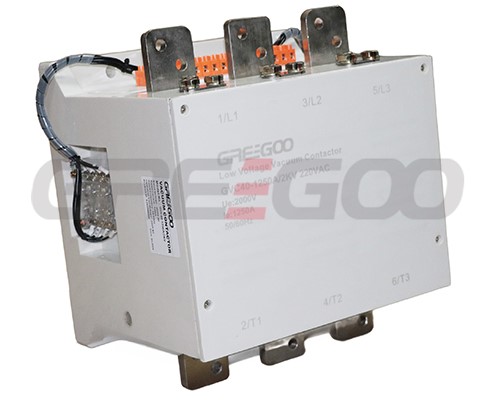
GVC40 Vacuum Starter and Contactor 1250A 1600A 2000A @ 2KV
GVC/EVC Series Vacuum Contactor
The GVC type is suitable for AC systems with a frequency of 50Hz or 60Hz, a rated voltage of 1140V, 1.5KV, 2KV, 3.6KV and a rated current ranging from 63A to 3200A. The EVC type is suitable for AC systems with a frequency of 50Hz or 60Hz, a rated voltage of 7.2KV, 12KV, 24KV, 36KV, 40.5KV and a rated current ranging from 250A to 800A.It is designed for long-distance circuit connection and disconnection, as well as the frequent starting and stopping of AC motors. This model is particularly well-suited for assembling explosion-proof electromagnetic starters with various protection devices.
Product Advantages
- Strong Arc Quenching Ability: Efficiently extinguishes arcs to ensure safe operation.
- Good Pressure Resistance: Capable of withstanding high pressures.
- High Operating Frequency: Suitable for applications requiring frequent operation.
- Long Life: Durable construction for extended service life.
- No Arc Spraying: Minimizes the risk of arc-related damage.
- Compact and Lightweight: Easy to install and handle.
- Extended Maintenance Period: Requires less frequent maintenance.
However, the manufacturing process of the vacuum interrupter is crucial. If not properly executed, the vacuum level can degrade. Additionally, using subpar contact materials can lead to "cut-off overvoltage" when breaking the current. This phenomenon occurs because the vacuum interrupter's strong arc-extinguishing ability causes a sudden drop in current from a certain value to zero, rather than allowing the arc current to naturally cross zero. This can result in high overvoltage, potentially endangering the safe operation of electrical equipment.
EVC8C Medium Voltage Vacuum Starter and Contactor 250A to 1250A @ 7.2KV or 12KV
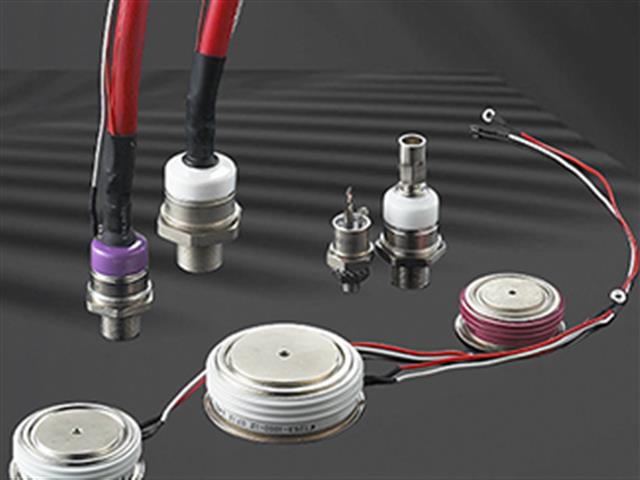
Difference Between Stud-Type and Capsule-Type Phase-Controlled Thyristors (PCT)
Capsule-type is better suited for higher power and more demanding heat dissipation requirements, while Stud-type is more appropriate for medium power applications with simpler installation needs.
Read More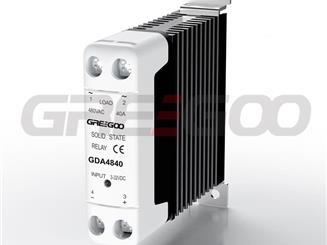
How to choose a suitable Solid State Relays
Single phase or three phase, nominal voltage and current, potential surge or inrush current, AC or DC load, control signal, zero crossing type or random control ssr etc.
Read More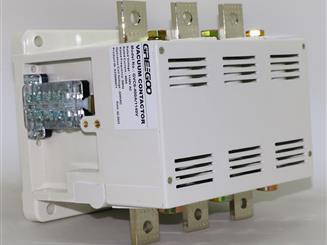
What are the main difference between electrical holding and magnetic holding in vacuum contactor?
In summary, the main difference between electrical holding and magnetic holding in a vacuum contactor is the method used to maintain the closed position of the main power contacts when the coil is de-energized. Electrical holding uses an external electrical circuit to provide continuous holding force, while magnetic holding relies on the energy stored in a permanent magnet to maintain the closed position without an external power supply.
Read More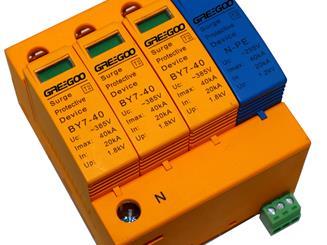
What are the main differences between MOVs and Spark Gaps in SPDs?
An effective surge protection strategy often combines the use of both MOVs and spark gaps, along with other protective devices, to provide comprehensive protection against different levels of power surges.
Read More














